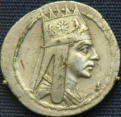


For decades, the art of Armenian ceramics creation in Jerusalem has
been dominated by two prominent clans, the Balians and Karakashians.
Between them, they have made their inspired creations , based on
motifs dreamed of by their ancestors in their mountainous homeland,
enriched and enhanced by the young blood of modernity.
Neshan Balian Jr, scion of the Balian clan, says they has been producing exclusive hand painted ceramic tiles and pottery since 1922, just a few years after his grandfather landed in Jerusalem, bringing with him the lore he had acquired in the world-renowned ceramics town of Kutayha in Turkey. "This makes us one of the oldest-if not the oldest- business in existence in Jerusalem." Neshan notes that the two families, master potters and artists, were brought over from Kutayha by the British government to renovate the ceramic tiles of the Dome of the Rock. Before the arrival of his grandfather, the production of decorative ceramic tiles and pottery in the region did not exist at all. "It was Neshan Balian with his partners the Karakashians, who established this unique form of world famous art known presently as the Armenian Pottery of Jerusalem," he adds. In the mid 1960's, the two clans split amicably, with the Balian family remaining on the present premises and continuing the tradition of this unique form of pottery. The history of the Armenian cCeramics is full of ups and downs, "suffering and joy," Neshan recalls. "I remember my late father telling me of stories from the late 40's where the situation was so desperate that they used to burn the wooden frames of the factory windows just to get a kiln firing. The factory was destroyed totally in the 1967 Arab-Israeli war except for the huge dome kiln with a full load of fired ceramics which was sold and helped in the reconstruction. Lack of raw materials in the early 30's and 40's was also a problem with homemade solutions of breaking bottle glass and crushing it as ways to prepare badly needed glazes. But eventually my grandfather and later my father overcame these problems and the factory started to prosper." Neshan's father, the late Setrak Balian, studied ceramics in England under Bernard Leach and then came back to Jerusalem in the early 50's and established a ceramics brick and roof tile factory in Amman, Jordan, taking over the Armenian ceramics factory in 1965 after the death of his grandfahter. "My grandfather and father were both master potters in their own right. His French- Armenian born mother Marie, graduate of the Beux Art institute of Lyon, is a world renowned ceramic tile artist. Her ceramic tile murals have been exhibited all over the world." Neshan, with both mechanical engineering and ceramics engineering degrees from Ohio University and Hocking College in Ohio, has been managing the factory since the passing away of his father in 1996. "The present location of our factory is where the true form of art known as Armenian Ceramics of Jerusalem was born. We are the only studio in Jerusalem producing our own ceramic ware and tiles by methods handed over to us by our grandparents and parents. Two Karakashain brothers, Stepan and Berge, and the son Hagop, produce their Armenian ceramics, Armenian pottery and tiles on the route Jesus took on his way to the cross, the Via Dolorosa, in the Old City of Jerusalem. It was their father, Megerditch Karakashian, among other Armenian potters, whom the British sought to undertake the repair of the tiles covering the external walls of the Dome of the Rock. The men settled in Jerusalem, and continued practicing their traditional craft of making glazed pottery, richly colored and decorated with floral and animal designs. But the story of Armenian ceramics does not end here. The Sandrouni brothers, along with a few other enterprising artists, are making sure that they keep the tradition alive, with their own particular brands. According to Kevork Sandrouni, the youngest member of the Sandrouni trio of artists (the others are Harout and Garo), the story of Armenian ceramics would have been told so differently had it not been for the "Pro-Jerusalem Society". This committee, founded by Sir Ronald Storrs, the first military governor and his advisor Charles Robert Ashbee, undertook the restoration and preservation of Jerusalem's historic sites during the British mandate. He notes that tor the restoration of the centuries old glazed tiles decorating the Dome of the Rock, the "Society" located David Ohannessian of Kutahya, a master ceramist whose works enhanced the splendour of palaces in Turkey, Syria and Egypt, and were much in demand in Europe and the Middle East. David Ohannessian established Jerusalem's first Armenian ceramic workshop in 1919. The workshop never accomplished the restoration project of the Dome of the Rock tiles, he points out. "However, it was not long before it started catering for Jerusalem's big international as well as the elite of its local communities. In spite of its short lived production, (1919- 1948), the grace and beauty of Ohannessian's tiles changed the face of the city by decorating its mansions, institutions and public places, and influenced Jerusalem's arts and crafts till this present day and time." The Ohannesians (sadly now out of business) will remain another unforgettable episode in the rich history of Armenian art and culture of Jerusalem.
Armenian Jerusalem


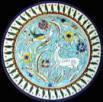

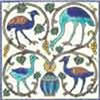
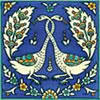
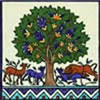

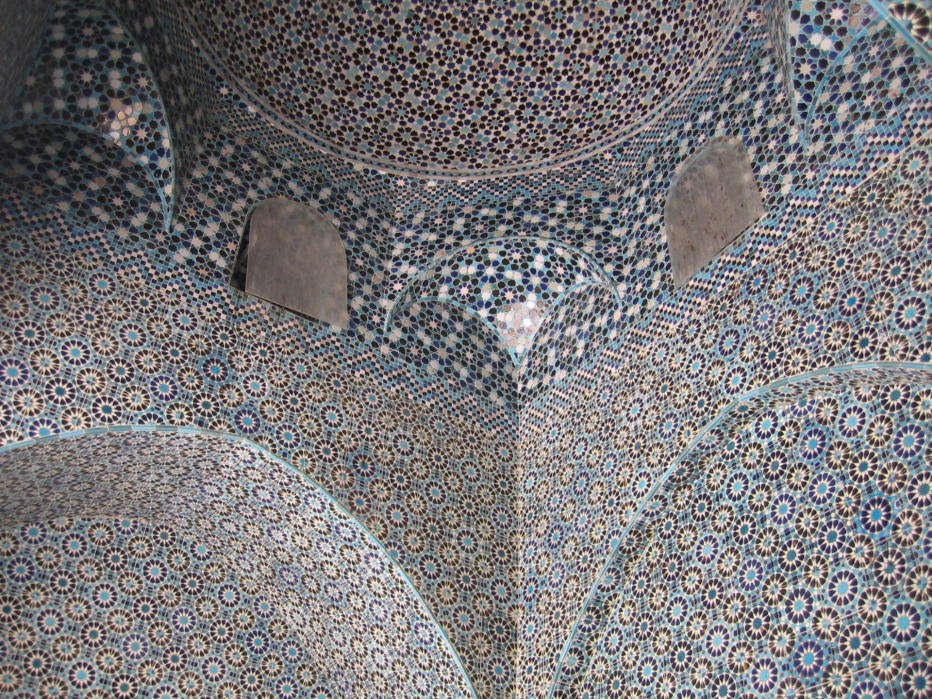

Rockefeller Museum ceramics by David Ohannessian

